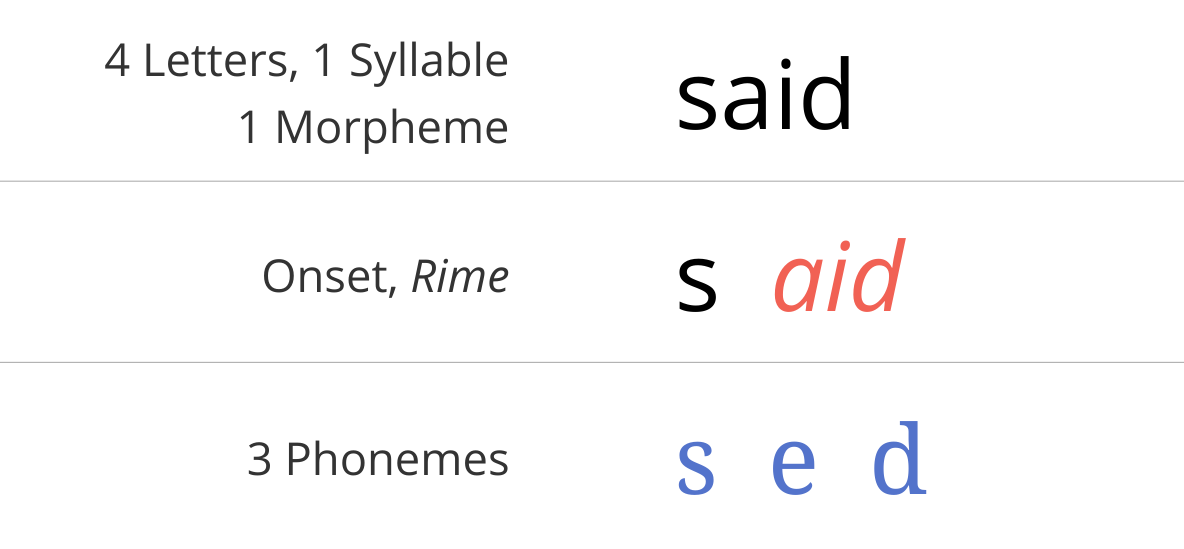California’s 34 million residents are served by the largest public higher education network in the world: 116 community colleges, 23 California State University (CSU) campuses, and 10 University of California (UC) campuses. For decades California has mandated that undergraduates complete a broad slate of lower‑division general education (GE) courses before advancing to upper‑division work in their major. Nowhere is that mandate more explicit than in the CSU, which was created expressly to teach the first two years at scale. GE is both the CSU’s primary (and historic) mission and its most expensive obligation, strained by budget deficits and by seamless transfer policies that treat courses as interchangeable parts.
Here’s the key point: if it doesn’t matter who teaches a course, it might as well be AI. And given that ChatGPT o3 is performing at PhD level, AI might well be the best teacher.
For those who don’t know the current problem: seamless transfer is California’s (and many other states’) controversial (and misguided) solution to affordability. Under Assembly Bill 928 (2021) the State folded the community college, CSU, and UC lower‑division requirements into a single pathway, Cal‑GETC, whose learning outcomes must be honored everywhere. What that means is that students may begin at a community college, amass credits at CSU, and finish at UC without anyone looking at who exactly is teaching the courses. Instructors are locked into a template: the courses must be delivered in certain particular ways if credits are to move seamlessly. Every GE class is fungible, whether taught in Bakersfield, Long Beach, or Merced, and the same course offered at a community college should cost a fraction of what it costs at a UC hospital campus.
